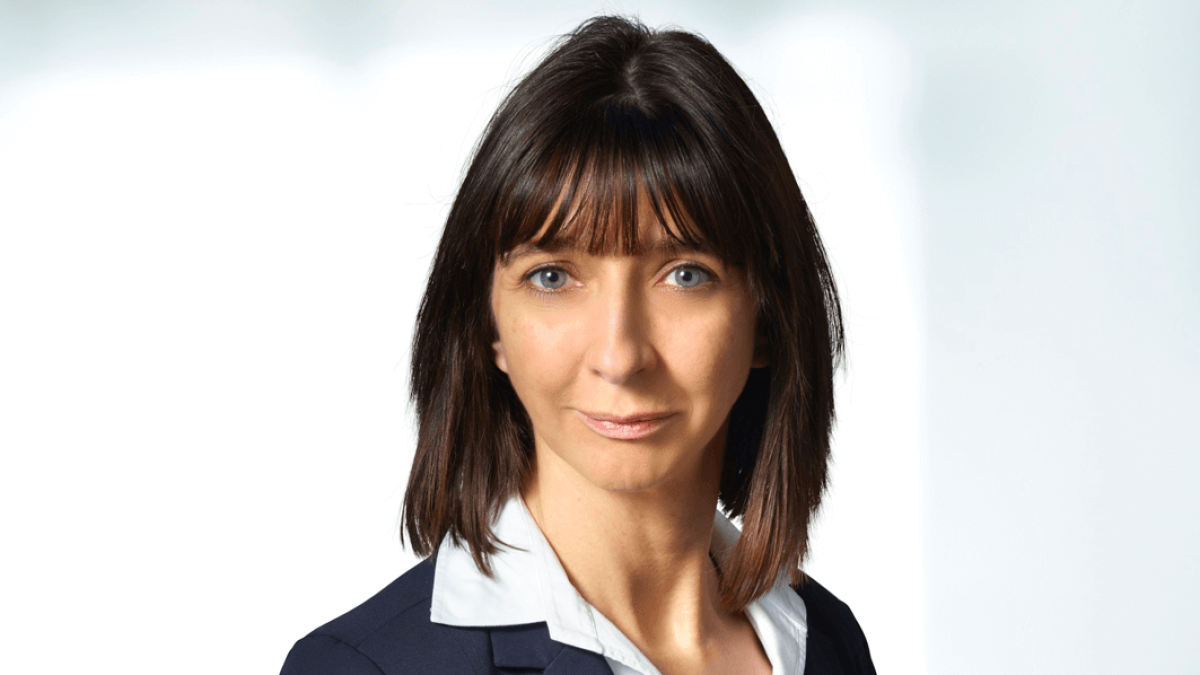Circular economy for plastics is gaining momentum due to pressure from the EU. Vecoplan has long since been active in the field of recycling. Have you noticed an increase in demand?
Martina Schmidt: In my view, circular economy did not only gain momentum due to the EU strategy for plastics and the related requirements for recycling quotas. An important factor was China's resolution taken almost at the same time to quit import of plastic waste. This import stop was the initial impulse. It was the moment when demand for shredding and sorting technologies were noticeably increasing and that investments were being and still are made in capacity and quality. After all, the question was where to put the plastic waste, and they realised that a good deal of recycling technology was required to achieve better material quality for the market. At Vecoplan, we therefore notice the rise in demand. The market is very agile and dynamic. But Vecoplan is not only growing with the market but also gaining further market shares. In recent years, we have initiated a development offensive integrating industrial design into shredding, our core competency. We experience sustainable success every day.
What are the greatest challenges on the way to functioning circular economies?
Martina Schmidt: Consumer acceptance is the greatest challenge. For example, in a private household, food packaging ends up in the waste bin. The term waste as such has a negative connotation, but packaging is a recyclable material. We, as machine and systems manufacturers as well as our customers harbour the wish to feed these packaging materials back into the circuit as new packaging or other high-quality products. Many consumers only associate plastics recycling with park benches or waste bags. However, present-day technological development has progressed much further and will continue to develop in future. When we refer to recycling, we mean upcycling and not downcycling. In the end, identification of consumers with new products from recycled plastics is the crucial key to effective circular economies.
Consumers frequently regard manufacturers as the cause of the problem.
Martina Schmidt: As an example, let's have a look at food packaging again. If the product manufacturer offered a packaging other than plastics, the problems would not be solved. If they did not use plastics, the drawback could be multifarious. Plastics contain a natural barrier providing freshness, sterility, hygiene, etc. Plastics packaging is light. While over 50 per cent of all European goods are packed in plastics, they only account for 17 per cent of the overall packaging weight. Lightweight packaging means lighter freights and fewer lorries to transport the products. This reduces fuel consumption, emission of greenhouse gases and shipping costs. It also helps reduce the amount of waste as such. I would like to counter with a question: What alternative packaging material with the same properties can replace plastics? Consumers will still need plastics packaging for a long time. And in future there will still be different types of plastics for different purposes.
The more homogeneous the used plastic is, the better the quality of the recyclate. Does it make more sense to separate plastics during collection or to rely on machine technology to generate homogenous materials?
Martina Schmidt: There are different techniques to identify types of plastics, such as visual and haptic examination or firing and odour samples. In my opinion, none is suitable for domestic use. Labelling systems only have limited effect. Consumers just cannot really differentiate between plastic types such as PP, PE or PET. Present automated sorting systems can already do this. They even separate materials by colour. One thing is sure: The greater the sorting depth, the higher the quality.
The EU expects circular economy to give a boost to innovation. Do you share this view?
Martina Schmidt: A clear "Yes." Higher quotas lead to greater volumes of recyclates which must then be used. Acceptance of recyclates for use in the production of new products can only be enhanced sustainably if the quality is improved and maintained. One influencing factor is the first recycling stage, shredding, for example. Plastics have different material properties. During shredding, it is important not to change these properties, for instance, by application of heat. In recent years, we have acquired a lot of know-how in order to achieve optimum results for enhanced recycling by best possible cut-section geometry and energy efficiency.
Do you think that circular economy within the EU will lead to a better image for plastics?
Martina Schmidt: Not necessarily. Waste in the oceans, contributing largely to the bad image, mainly originates in countries which mishandle waste. They do not even have the rudiments of circular economies; collection systems do not exist at all. In Germany, we are already on a good path, and we will continue to progress. We should help other countries because we already know that plastic waste must be separated and how to do it.
That means Germany should act as a role model?
Martina Schmidt: There is not enough communication on where materials are already recycled and where processes ensure that the environment is not damaged. In Germany, circular economy already began many decades ago. Since then we have been experimenting and becoming better. In the case of paper and glass we have already reached recycling quotas of more than 90 per cent. We can also achieve this for plastics. We would indeed have the possibility to become active as trailblazers or best practice in countries with backlogs. I am currently experiencing this in Russia. Many people there say they no longer want landfills in their neighbourhood. Nowhere else are people more interested than in Russia to introduce circular economy. People no longer want to throw everything in the waste bins. They must merely have the possibility.
The interview was conducted by the VDMA for the coverage of the K 2019



